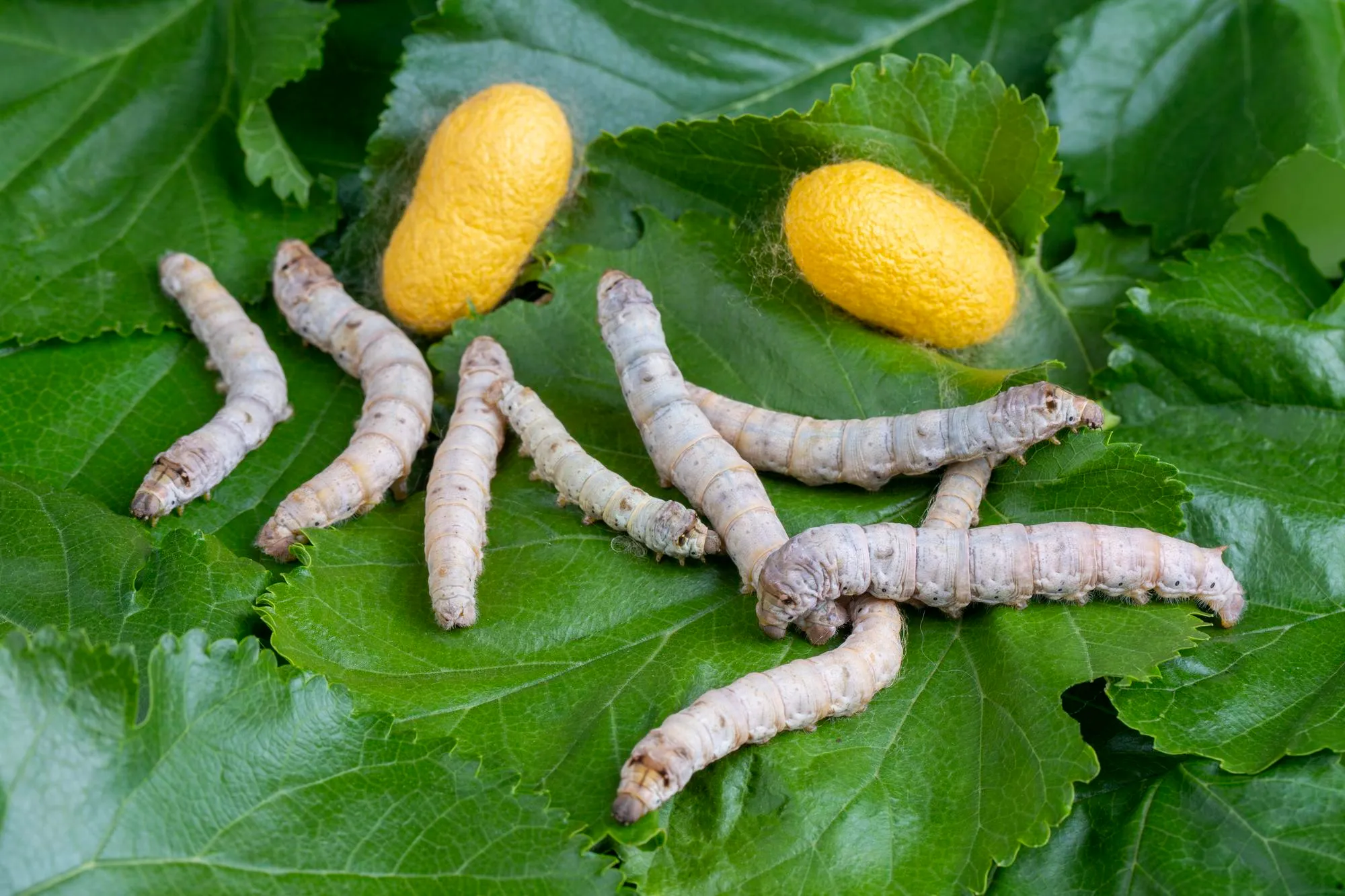DOI: 10.1186/s12864-019-5697-y
Suzhou, China – A recent publication in ‘BMC Genomics’ has shed light on the intricate mechanisms governing ovarian development in the silkworm, Bombyx mori, a species of great economic value due to its silk production. The findings emphasize the importance of BmOVO proteins, revealing their capacity to regulate gene expression within the ovary. This research, conducted at Soochow University, carries pivotal insights for the field of sericulture and offers a potential avenue for improving silk production through genetic manipulation.
In a study led by researchers Min Zhu, Xiaolong Hu, Zi Liang, Mengsheng Jiang, Renyu Xue, Yongchang Gong, Xing Zhang, Guangli Cao, and Chengliang Gong, a deeper understanding of the Bmovo gene isoforms, Bmovo-1, Bmovo-2, Bmovo-3, and Bmovo-4, was sought. Through meticulous investigation, this team has provided valuable information on how these isoforms interact with the promoter of the Bombyx mori ovarian tumor (Bmotu) gene to influence its activity.
BmOVO Isoforms and Their Impact on Bmotu Promoter Activity
The researchers employed luciferase reporter assays, a technique that measures gene expression by monitoring the production of light from a luciferase enzyme. Through this method, they documented the effect of all four BmOVO isoforms on the Bmotu promoter, observing that each isoform could positively regulate promoter activity in a dose-dependent manner. Interestingly, among the four, BmOVO-2 demonstrated the highest level of transcriptional activation.
Domains in BmOVO-1: A Detailed Look
Special attention was given to BmOVO-1, with the discovery that its first (A1) and third acidic domains (A3) at the N-terminus function as transcriptional repression domains. On the other hand, its fourth (A4) and fifth acidic domains (A5) are transcriptional activation domains. This complexity suggests that BmOVO-1 might have dual roles in regulating gene expression, depending on the context and interaction with other molecular factors.
Zinc-Finger Domain and DNA Binding
Another remarkable finding from the study was the zinc-finger domain’s ability within BmOVO proteins to bind to a specific DNA sequence located at the promoter of Bmotu. This highlights the direct genetic regulation these proteins exert, showing that BmOVO proteins do not just influence but are also directly involved in targeting genetic elements to modulate ovarian development.
The ‘Tal-like’ Peptide’s Regulatory Influence
Adding to the complexity, a peptide referred to as ‘Tal-like’ was observed to have a regulatory impact on Bmotu promoter activity. This peptide appears to induce degradation of BmOVO-1 at the N-terminus, subsequently leading to decreased promoter activity. This suggests a potential feedback mechanism or a regulatory pathway that helps maintain a balance in the expression and function of these crucial proteins.
Implications and Future Directions
The implications of this study are far-reaching. Understanding the regulation of genes responsible for ovarian development in silkworms opens the door for genetic improvements in silk production. By modifying the expression or function of BmOVO isoforms, it might be possible to enhance silk quantity or quality without detrimental effects on the insects’ health and development.
This study also contributes to the broader field of developmental biology, demonstrating the complexity of gene regulation at the protein level. Such understanding aids in developing biotechnological applications and provides a framework for studying similar regulatory mechanisms in other organisms, including agricultural pests or species of medical relevance.
Concluding Remarks and Acknowledgements
In conclusion, the Soochow University team’s work has brought us closer to demystifying the roles of BmOVO proteins in silkworm development. With this knowledge, the prospects of targeted genetic interventions to improve silk production are becoming more tangible.
The research was funded by the National Basic Research Program of China and the National Natural Science Foundation of China. The authors have declared no competing interests, ensuring the scientific community of the study’s unbiased nature.
References
1. Zhu, M. et al. BMC Genomics (2019). DOI: 10.1186/s12864-019-5697-y
2. Piloto, S., Schilling, T.F. Development (2010). DOI: 10.1242/dev.048439
3. Mevelninio, M., Terracol, R., Kafatos, F.C. EMBO J. (1991). DOI: 10.1002/j.1460-2075.1991.tb07762.x
4. Lapan, S.W., Reddien, P.W. Cell Rep. (2012). DOI: 10.1016/j.celrep.2012.06.018
5. Hinson, S., Nagoshi, R.N. Development (1999).
Keywords
1. BmOVO proteins silkworm
2. Silkworm ovarian development
3. Bombyx mori genetic study
4. Gene regulation in silkworms
5. Sericulture research advancements
